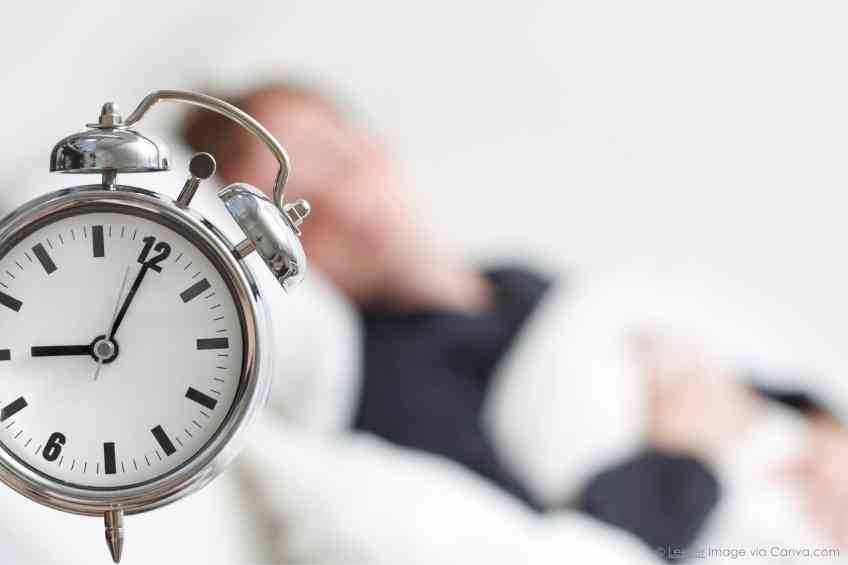The Skinny:
No one really wants to get out of sync for anything. It just tends to make everything harder. This is especially true when it comes to sleep. One lousy night’s sleep is bad enough, but start stringing them together and productivity drops, fatigue sets in, anxiety and depression can rise and a person’s overall well-being is threatened. Unfortunately, it is really easy to get out of sync when it comes to bedtime. Work and social schedules are a threat, as is travel, and, of course, then there is the dreaded impact of Daylight Saving Time when clocks are artificially shifted forward and then backward between spring and fall. In the face of these challenges, it is little wonder that sleep syncing is one of the hottest wellness trends. It aims to adjust a person’s sleep cycle to both the rhythms of nature and their circadian rhythm, which refers to an individual’s 24-hour body clock. If this leads to better sleep, there are obviously all sorts of benefits. But how can people sync their sleep? Rest assured, WellWell has you covered. Read on.
The Slate:
Be Reasonable
Sleep syncing is not possible if a person takes an unrealistic approach. Above all, this means setting realistic sleep and wake-up times that match a person’s daily work schedule and family demands. It also means exercising early in the day and avoiding alcohol, caffeine and overeating near bedtime. It is also essential to stay away from hyperactivities late at night and to create a sleep-friendly, soothing atmosphere to snooze out in. Sticking to a pattern is also essential.
Adjust Slowly
Personal circadian rhythms really can’t be reset like an alarm clock. People don’t have hidden reset switches. These rhythms, however, can be adjusted over time. It is best to start making changes involving 30 minutes to an hour a day in an effort to sync up a person’s optimal sleeping pattern and to bring it in line with their circadian rhythm. One example is to nap early in the day to help shift natural bedtime earlier or to take naps later in the afternoon or evening to shift bedtime later.
Time Required?
Getting synced up will take longer for some. The time required depends on the normal length of a person’s natural biological clock; how much of a change is needed; the competing demands involved; environmental conditions, sleep hygiene habits and how much blue light exposure a person confronts. The amount of alcohol and caffeine consumed regularly will also impact a person’s syncing efforts.
The Sleep Tracker Debate
These activity trackers (Apple Watch, Fitbit, etc.) do offer feedback on sleep patterns, such as duration, quality and phases, all of which can be helpful. But they alone are not a gateway to better sleep. Their readings can be flawed in part because they judge whether a person is asleep based on movement and heart rate. Some of these devices don’t even start registering sleep until after an hour or more. They also can’t diagnose problems like sleep apnea. Ultimately, it may be better to judge the quality of a person’s sleep based on their own feelings.
Eyes Up:
Do you have a sleep-syncing solution? Let us know at info@wellwellusa.com.
WellWell editors independently identify services and products of interest. If readers purchase anything through the associated links, WellWell may earn a commission, which goes to support our work. Learn More.










